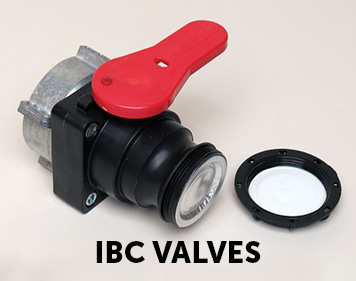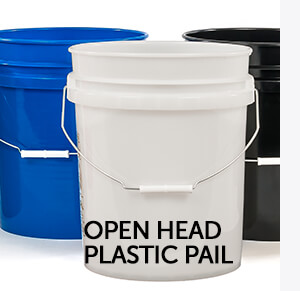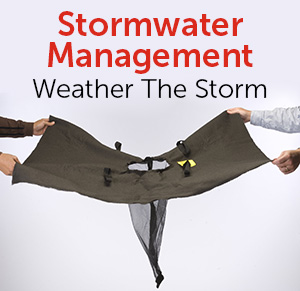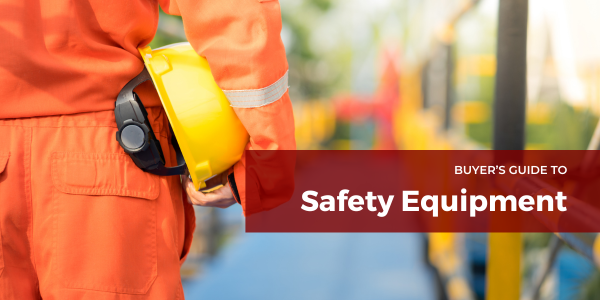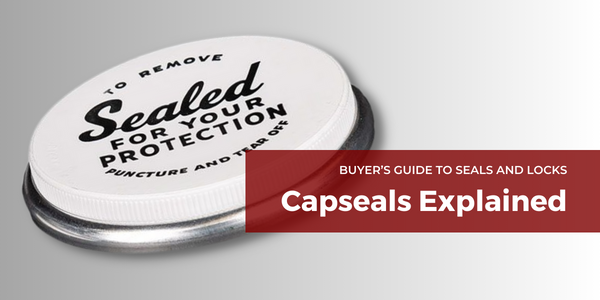Cleaning Food Grade Buckets
Five plastic bucket cleaning tips to get you on your way
Proper food-safe storage in BPA buckets and the like begins with ensuring that it is sanitary. Cleaning food grade buckets the right way achieves this. Here are some plastic bucket cleaning tips to get you on your way before refilling these containers with sediment, cement, resins, liquid foods, and more.
The Best Way To Clean Plastic Buckets
The best way to clean plastic buckets is by using a combination of suitable, effective cleaning tools and substances. By suitable, the agents used to clean the plastic buckets should be compatible with the material of the bucket.
Tools for cleaning plastic buckets
Some tools for cleaning plastic buckets that should be considered are scrubbers, brushes, and old rags you might have lying around. These tools come particularly in handy when very tough residues and stains lie inside the plastic buckets.
Substances for cleaning plastic buckets
When it comes to substances for cleaning plastic buckets, many ask, “Can I use bleach to clean a food-safe bucket?” While you can use bleach to clean a food-safe bucket, you can also consider baking soda and many other just as effective agents.
How to get any substance out of a plastic bucket
To get any substance like oil, paint, or food out of a plastic bucket that has left grainy, embedded residue, then you’ll certainly need to use cleaning tools in synchrony with the cleaning agents. Fill your bucket with 1 gallon of warm water, add 1/4-cup clear liquid dishwashing soap, then scrub at the grit with a scouring sponge or soft-bristle brush inside of the soapy water. Rinse after a full removal of all of the residue.
How to get that smell out of a plastic bucket
Maybe you want to eliminate a smell out of a plastic bucket along with the general cleaning. To do this, consider dissolving four tablespoons of baking soda in your plastic bucket that is filled with warm water. This is how to get any stubborn, strong smell out of a plastic bucket like pickle juice or food oils. Let the solution soak for about 30 minutes, or until the odor disappears. Then rinse the plastic bucket and dry it. If the smell still lingers after this process, stuff the plastic bucket with crumpled newspaper for a day or two with a lid securely fastened on it. Once you remove the paper, you should notice that the odor was absorbed by it and no longer exists. Wash the bucket and lid in hot, soapy water then wipe it dry.
How to get that stain out of a plastic bucket
In order to get resistant stains out of a plastic bucket, you’ll need to choose a hardy eliminating agent like bleach. Materials like food dyes, coffee, tomato or beet juice, and the like most chiefly can be very hard to fade and cause intense discoloration. Mix one tablespoon of chlorine bleach (or even vinegar, which is a food-safe, virus and bacteria-killing substance) per cup of warm water that you fill in your plastic bucket. The aim is to cover the discolored portion of your container, so pour in as many cups of warm water as you need to in order to achieve that. If the lid is also stained, place it flat at the bottom of a sink and pour on some of that bleach mixture. Soak both the plastic bucket lid and the plastic bucket for about 30 minutes until clean. Wash the plastic pail and the plastic lid in hot, soapy water then wipe them dry.
Another option is rubbing alcohol or hand sanitizer (whose active ingredient is alcohol). Simply pour the alcohol into the bucket then immediately rinse the bucket, followed by washing it with water and detergent. If the blemish doesn’t disappear, then use the bleach soaking method, substituting the bleach with the alcohol and letting the filled plastic bucket sit for a few minutes.
Cleaning food grade buckets can be a time-extensive process but if these plastic bucket cleaning tips are utilized, you can cut down on that time by working to get the job done speedily rather than working against yourself. Learn more about how pail liners can cut down or even eliminate this sort of work for you in the future.


